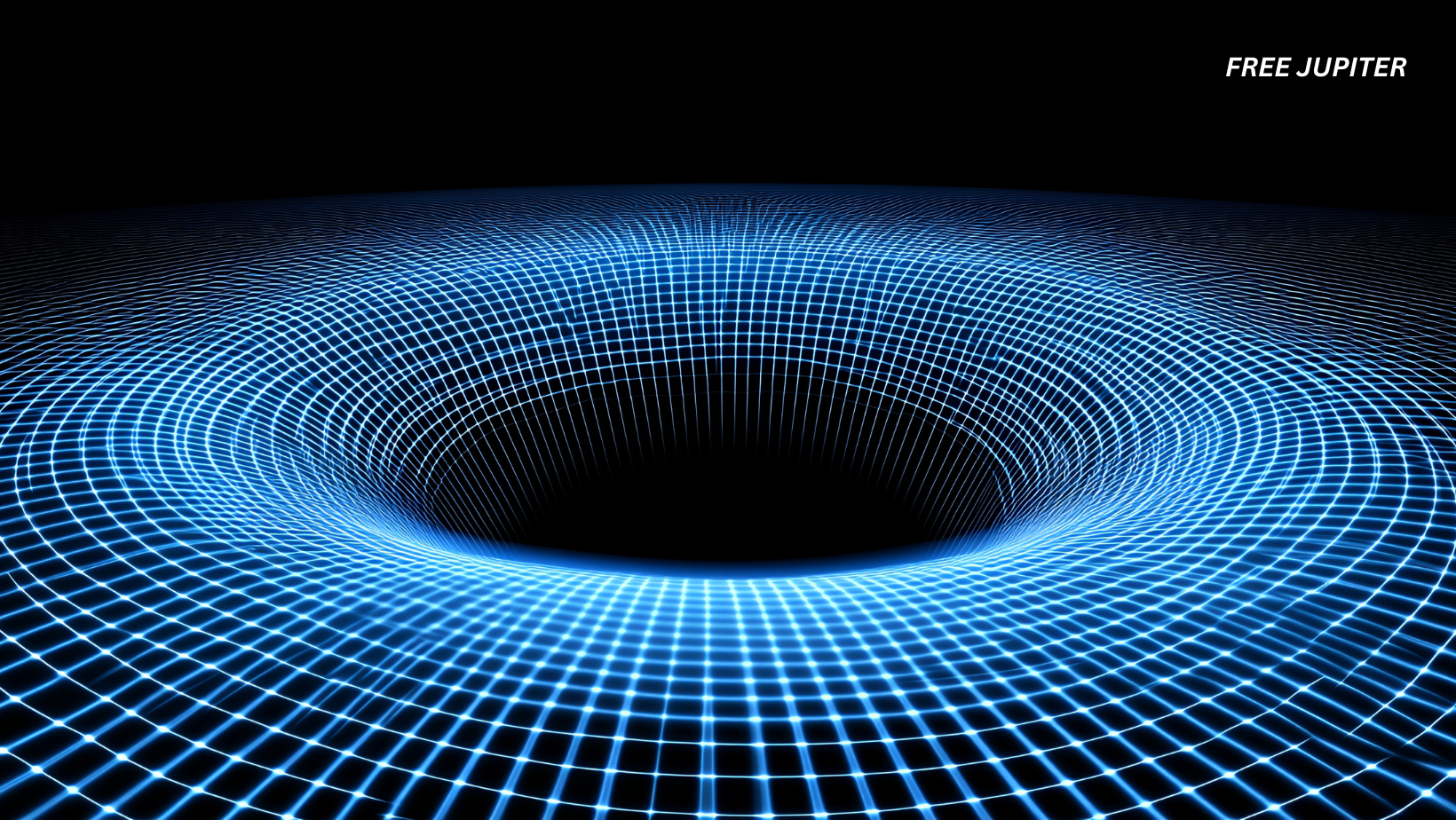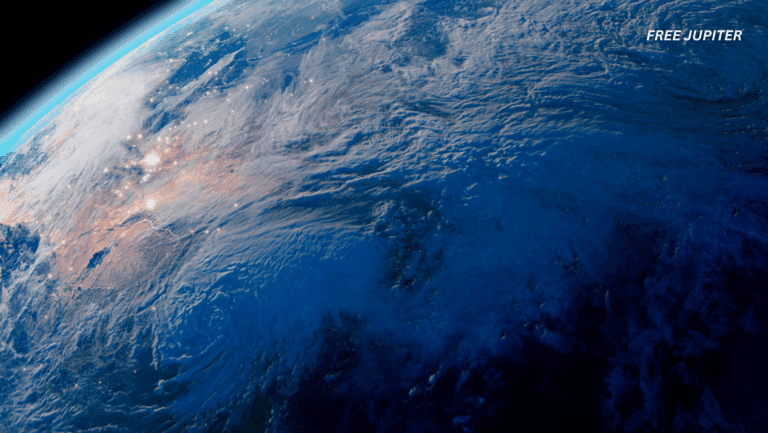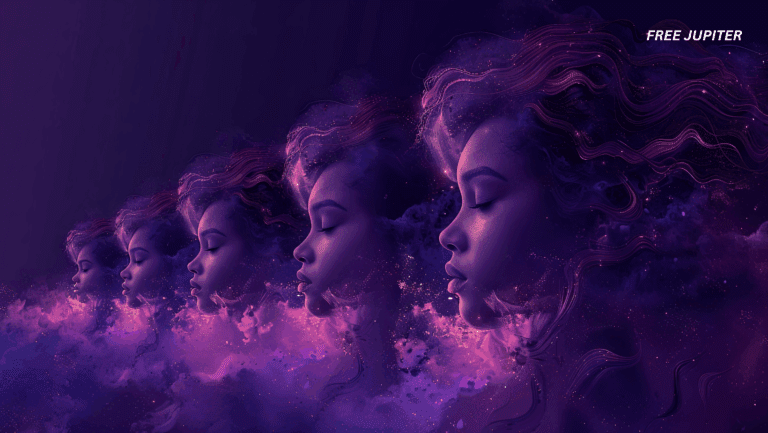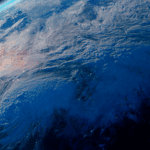In the summer of 2019, Earth briefly shuddered under a ripple from deep space. It wasn’t anything people could feel in their bones or see in the sky, but sensitive instruments tuned to the universe’s faintest tremors caught it. The LIGO and Virgo observatories—massive detectors designed to pick up the tiniest vibrations in spacetime—heard something that didn’t quite fit the usual pattern.
Instead of the long, rising “chirp” scientists expect when black holes spiral toward each other, the signal was short and sharp, lasting less than a tenth of a second. To the researchers listening in, it sounded more like a cosmic crack than a drawn-out note.
They named it GW190521. At first, it was chalked up to a rare kind of black hole merger—two massive objects that collided without first orbiting together. But now, a new interpretation has emerged, one that edges into science-fiction territory: what if it was the collapse of a wormhole, a kind of shortcut through spacetime that might even link different universes?
What Are Gravitational Waves, Anyway?
To understand why GW190521 is so strange, it helps to know what gravitational waves are.
Albert Einstein first predicted them in 1916 as part of his theory of general relativity. The idea is simple to picture: spacetime—the fabric of the universe—is like a vast cosmic sheet. When massive objects move around, they cause ripples in that sheet. These ripples spread outward like waves in a pond when a pebble is tossed in.
The most powerful “stones” that create these waves are usually black holes or neutron stars smashing together. While light telescopes show us what space looks like, gravitational wave observatories let us listen to what space is doing.
Since 2015, when LIGO first detected gravitational waves, scientists have heard dozens of collisions. Most of them follow a familiar tune: a chirp. As two black holes spiral closer, the waves start soft and slow, then grow louder and faster until the final crash produces a peak. It’s like hearing two dancers speed up before colliding in one dramatic leap.
But GW190521? It skipped the dance entirely.
Read more: “Totally Unexpected” Activity Detected at Supermassive Black Hole Event Horizon
The Puzzling “Crack” in the Cosmos
According to the analysis, the final object created by the event was a black hole about 142 times heavier than the Sun. This makes it a rare “intermediate-mass black hole,” sitting between the more common stellar black holes (a few to tens of solar masses) and the gigantic monsters at the centers of galaxies (millions or billions of solar masses).
But here’s the odd part: if such massive objects had spiraled into each other, their inspiral signal should have been visible. LIGO and Virgo should have picked up the earlier stages of the chirp. Instead, the data showed only a quick flash, as if the black holes had appeared from nowhere, collided, and vanished into one.
The simplest explanation was that these weren’t long-time partners but strangers—two black holes that just happened to pass too close and were pulled together in a sudden, chaotic merger. This kind of “dynamical capture” is possible, though thought to be rare.
Still, that wasn’t enough to quiet the questions. Could there be another explanation hiding behind the noise?
The Wormhole Hypothesis
This is where things get intriguing. Physicist Qi Lai and colleagues from the University of Chinese Academy of Sciences wondered if the signal might point to something far stranger than a freak black hole collision.
What if the merger didn’t just form a black hole, but briefly created a wormhole—a tunnel-like structure in spacetime?
Wormholes are theoretical pathways that could connect two distant regions of space, or even two different universes. They’ve long been a favorite of science fiction writers, but they remain unproven. In theory, if two black holes collided in a certain way, the result could be a wormhole. But wormholes are thought to be unstable, collapsing almost as soon as they form.
If such a collapse happened, it could send out a unique kind of gravitational wave—one that looks less like a chirp and more like a short, sharp burst. Exactly like GW190521.
To test the idea, Lai’s team built a model of what a wormhole’s collapse would sound like in gravitational waves. They then compared it to the real data. They also compared the standard black hole merger model.
The result? The black hole explanation fit slightly better—but only just. The wormhole model wasn’t ruled out.
Read more: There’s A 90% Chance of Black Hole Explosion in the Next Decade, Scientists Say
Why Wormholes Would Change Everything
If GW190521 really was the death cry of a wormhole, the implications would be staggering.
- Proof They Exist – Wormholes have lived in the world of equations and thought experiments for a century. Direct evidence would catapult them into reality.
- A New Cosmic Tool – Gravitational waves could be used not only to study black holes but also to probe the structure of wormholes. Researchers might learn how long they last, how they collapse, or even whether they can link to other universes.
- The Multiverse Question – If wormholes do connect different universes, then signals like GW190521 could literally be echoes from beyond our own cosmic horizon. That’s a mind-bending possibility: hearing vibrations from a universe we cannot see.
Of course, there’s a huge “if” attached to all this. Extraordinary claims require extraordinary evidence, and for now, the conservative black hole explanation still holds more weight.
Cosmic Whispers vs. Cosmic Noise
Skepticism is healthy in science. Wormholes require exotic physics—things like negative energy or unusual forms of matter that have never been observed. Without solid proof, they remain speculative.
But GW190521 isn’t alone in raising eyebrows. In 2023, another record-breaking black hole collision was detected, labeled GW231123. This event produced a black hole about 225 times the mass of the Sun. And, like GW190521, the signal was surprisingly brief.
Could this be a pattern? If multiple short, sharp gravitational wave bursts show up, and if they consistently resemble wormhole models, the case for wormholes will grow stronger. Scientists are now looking for more events like these, comparing the “weird” signals to the standard ones.
The Frontier of Gravitational Astronomy
It’s worth remembering how new this field is. Just a decade ago, gravitational waves were purely theoretical. Today, they’re being detected regularly, offering a brand-new way to study the cosmos. Every odd event—every signal that doesn’t fit the mold—is an opportunity to stretch the boundaries of physics.
LIGO and Virgo are also just the beginning. The next generation of detectors, such as the planned Einstein Telescope in Europe and LISA (the Laser Interferometer Space Antenna, a space-based observatory), will be even more sensitive. These instruments may capture details of signals that current detectors miss, helping to confirm or rule out exotic ideas like wormholes.
The Beauty of “Maybe”
For now, wormholes remain in the realm of “maybe.” The safe explanation is still that GW190521 was just an unusual black hole crash. But science often advances by chasing the “what ifs.”
When something doesn’t quite add up, it invites researchers to dig deeper, to refine models, and to ask questions that seemed impossible before. That’s what makes events like GW190521 so valuable—not because they provide neat answers, but because they open doors.
And who knows? One day, those fleeting cracks in spacetime might reveal not just the story of black holes, but the whispers of universes beyond our own.
Read more: First-Ever Recording Captures Black Hole “Kicked” Across Space And Time
Final Thoughts
The universe has a way of surprising us. Sometimes the surprises confirm what we expect; other times they hint at something stranger than we imagined. GW190521 sits in that delicate space between the known and the unknown—a sharp signal that might be nothing more than two massive black holes colliding, or a faint echo of a wormhole collapsing in on itself.
Either way, it has done what all great discoveries should do: it has made us curious. And in science, curiosity is the first step toward uncovering truths that reshape our understanding of reality.
So the next time gravitational waves ripple through Earth, scientists will be listening—wondering if they’re hearing the echoes of a distant collision… or perhaps the faint, final sigh of a wormhole linking universes.
Featured image: Freepik.
Friendly Note: FreeJupiter.com shares general information for curious minds. Please fact-check all claims and double-check health info with a qualified professional. 🌱










